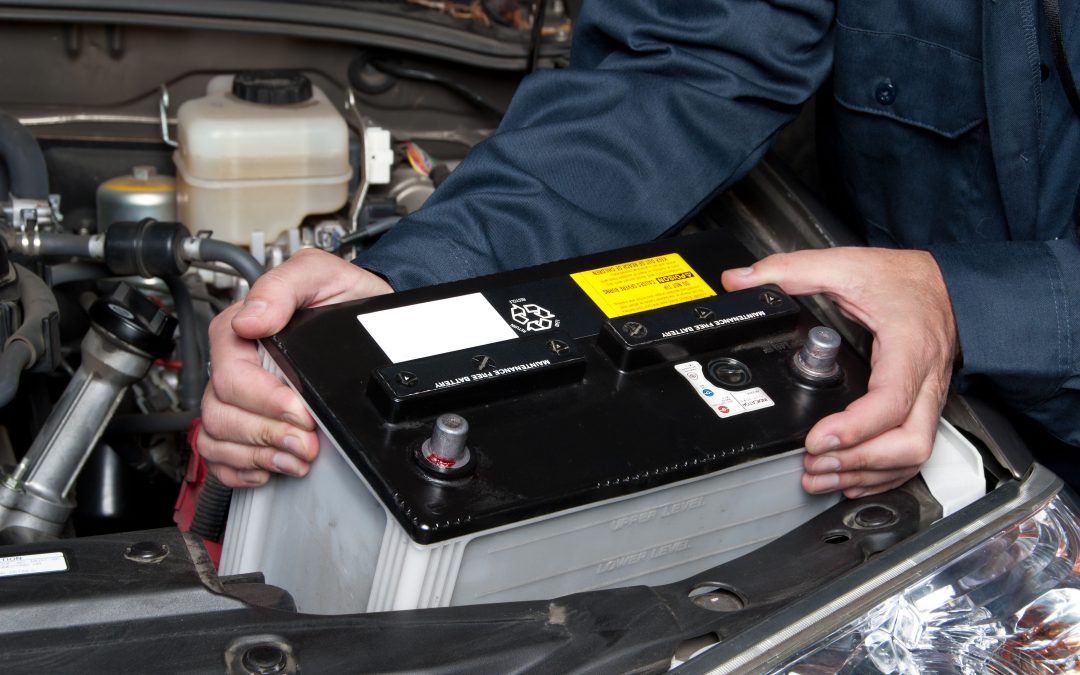As much as we hate to admit it, we heavily rely on our electrical devices, even when we’re out in the middle of nowhere trying to escape the urban jungle. Some people make the mistake of actually believing that they don’t need any power source for a couple of days, and end up frustrated and disappointed with their experience. If you’re one of the rare people who actually can stay sane without any sort of electricity for days, then all the power to you. However, if you’re in the majority of people who can’t, then no worries, all you have to do is get a leisure battery and you’ll be set.
But with so many different types of leisure batteries nowadays, how do you find the right one? I wish I could say it was simple, but it really isn’t. Especially if you’re new to the world of leisure batteries. However, the point of this article is precisely that – to simplify your buying process by giving you all the information you need when shopping. Without further ado, here are the top three things you need to consider (apart from the discharge rate, which you need to figure out on your own depending on what you intend on powering with it).

The Type
There are a few different types of leisure batteries, but the most popular ones are lead-acid, AGM and gel batteries. I would personally go with either AGM or gel batteries instead of lead acid, because lead-acid batteries aren’t stored safely in a sealed container, and they do contain corrosive acid. This makes lead-acid batteries a hazard when on the road. AGM batteries, on the other hand, feature lead plates in a cell and highly compressed glass fibre is added in the cell which absorbs the acid electrolyte. Similarly, gel batteries feature a gel which is sealed in a casing. Simply put, whether you choose an AGM or gel battery is completely up to your preference.
Quality
You’ll find a ton of batteries with different output capacity at similar prices, which can make things very confusing. You’ll find out that cheaper and lighter batteries lose their charge much faster and have a shorter lifespan as well. Generally, heavier batteries contain more gel or lead plates, meaning they’re capable of holding larger charge capacities. You’re also best off buying from reputable manufacturers which you can easily find if you do some research online. If that’s not helpful, find a forum where batteries are discussed and people share their experience and go from there. Don’t think that you’re getting a great deal if you find a cheap battery with incredible specifications. Although that’s sometimes may be the case, most of the time it won’t pan out how you think it will.
Keep it Maintained
Once you’ve decided on the battery, it’s important to keep it well maintained in order to get the most out of it. That being said, always use quality battery clamps to recharge it, and ensure the electrolyte covers the lead plates (if you have an AGM battery). It’s recommended that you recharge the battery as soon as its capacity drops below 50%, and avoid letting it discharge completely at all cost, as that can significantly shorten its lifespan. As time goes on, the performance of the battery will drop and it will have to be recharged more frequently, as is the case with most batteries.

